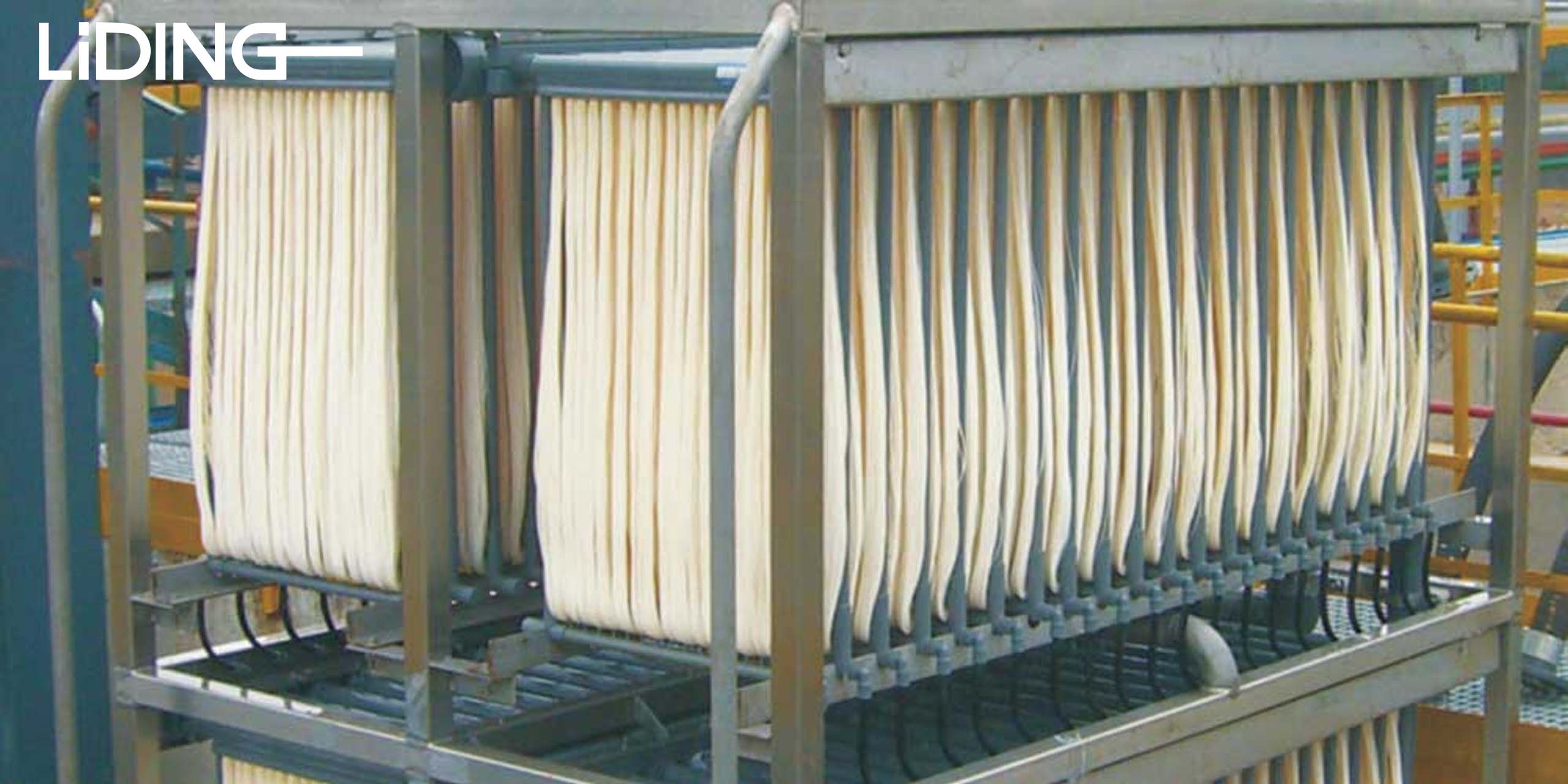MBR sewage treatment equipment is another name for membrane bioreactor. It is an integrated sewage treatment equipment with advanced technology. In some projects with high effluent requirements and strict control of water pollutants, membrane bioreactor performs particularly well. Today, Liding Environmental Protection, a professional sewage treatment equipment manufacturer, will explain to you this product with outstanding efficiency.
The core component of MBR sewage treatment equipment is the membrane. MBR is divided into three types: external type, submerged type and composite type. According to whether oxygen is needed in the reactor, MBR is divided into aerobic type and anaerobic type. Aerobic MBR has a short start-up time and good water discharge effect, which can meet the water reuse standard, but the sludge output is high and the energy consumption is large. Anaerobic MBR has low energy consumption, low sludge production, and biogas generation, but it takes a long time to start up, and the removal effect of pollutants is not as good as aerobic MBR. According to different membrane materials, MBR can be divided into microfiltration membrane MBR, ultrafiltration membrane MBR and so on. Membrane materials commonly used in MBR are microfiltration membranes and ultrafiltration membranes.
According to the interaction between membrane modules and bioreactors, MBR is divided into three types: "aeration MBR", "separation MBR" and "extraction MBR".
Aerated MBR is also called Membrane Aerated Bioreactor (MABR). The aeration method of this technology is superior to the traditional porous or microporous large bubble aeration. The gas-permeable membrane is used for bubble-free aeration to supply oxygen, and the utilization rate of oxygen is high. The biofilm on the breathable membrane is in full contact with the sewage, and the breathable membrane provides oxygen to the microorganisms attached to it, and efficiently degrades the pollutants in the water.
The separation type MBR is also called the solid-liquid separation type MBR. It combines the membrane separation technology with the traditional wastewater biological treatment technology. Solid-liquid separation efficiency. And because the content of activated sludge in the aeration tank increases, the efficiency of biochemical reactions is improved, and organic pollutants are further degraded. The separation type MBR is most commonly used in MBR sewage treatment projects.
Extractive MBR (EMBR) combines the membrane separation process with anaerobic digestion. Selective membranes extract toxic compounds from wastewater. Anaerobic microorganisms convert organic matter in wastewater into methane, an energy gas, and convert nutrients (such as nitrogen and phosphorus) into More chemical forms, thereby maximizing resource recovery from wastewater.
Post time: Jul-07-2023


